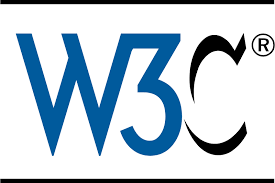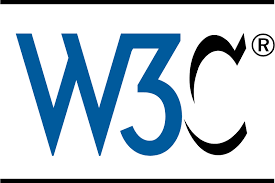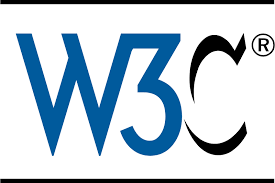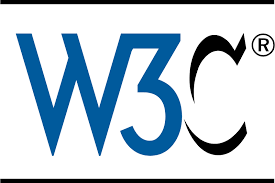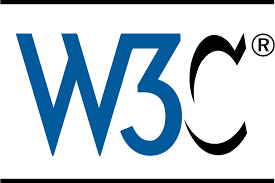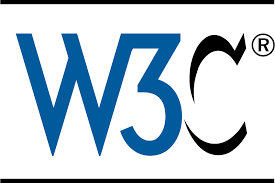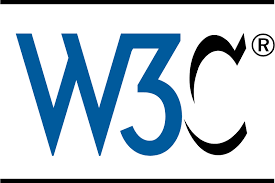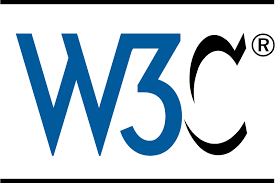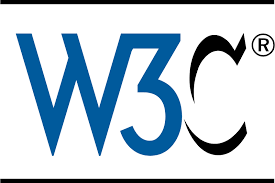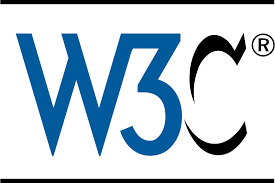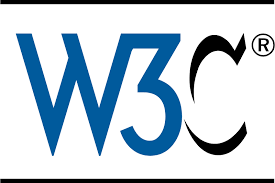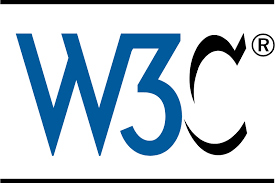The mission of the Second Screen Working Group is to provide specifications that enable web pages to use secondary screens to display web content.
The scope of this Working Group is to define an API that allows a web application to request display of web content on a connected display, with a means to communicate with and control the web content from the initiating page and other authorized pages. Pages may become authorized to control the web content by virtue of sharing an origin with the originating page, explicit user permission, or other facilities provided by the user agent. The API will hide the details of the underlying connection technologies and use familiar, common web technologies for messaging between the authorized pages and the web content shown on the secondary display. The web content may comprise HTML documents, web media types such as images, audio, video, or application-specific media, depending on the capabilities of the secondary display for rendering the media. Application-specific media includes that whose type is known to the controlling page and the connected display, but not necessarily a generic HTML user agent.
The API will provide a means to identify whether requesting display on second screens is likely to be successful, i.e. whether at least one secondary screen is available for display.
The API is agnostic with regard to the display connection used, and also works with display connections that support video only, for example, a TV connected to a laptop with an HDMI connection. In such a usage scenario, the web content displayed on a connected display must be rendered and converted to video before it is sent to a second screen. The user agent may use whatever means the operating system provides to prepare and send the video to a second screen. Any interaction between the authorized web pages and the content displayed on a secondary screen would happen within the bounds of the initiating device since both the pages and the content are rendered on that same device, and only a video representation is sent to the second screen.
Alternatively, if the second screen device understands some other means of transmitting content to a display and a means of two-way message passing, the web content can be rendered by the remote device. In this scenario, a URL to the content to be displayed is sent to the secondary display to be rendered there. Because the content is rendered separately from the initiating user agent, pages hosted by other user agents may be authorized to control the remotely rendered content at the same time.
For a requested piece of web content, how and by which device the content is rendered is an implementation detail. The user agent is responsible for determining which secondary displays are compatible with the content that is requested to be shown through the API.
Sending content to a connected display creates a presentation session. Applications can create multiple presentation sessions to control multiple displays, although synchronization between them is not currently supported by the API.
The specifications produced by this Working Group will include security and privacy considerations. Specifically, the user must always be in control of privacy-sensitive information that may be conveyed through the APIs, such as the visibility or access to secondary displays.
Members of the Working Group should review other Working Groups' deliverables that are identified as being relevant to the Working Group's mission.
